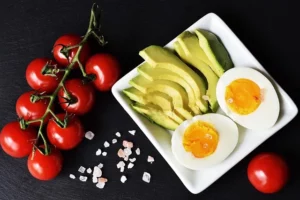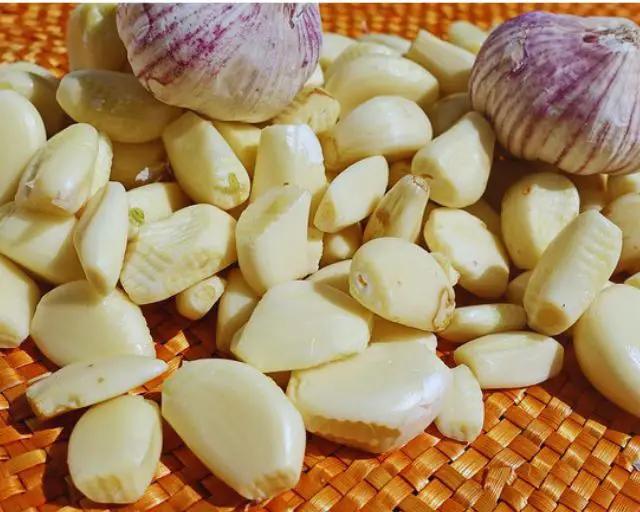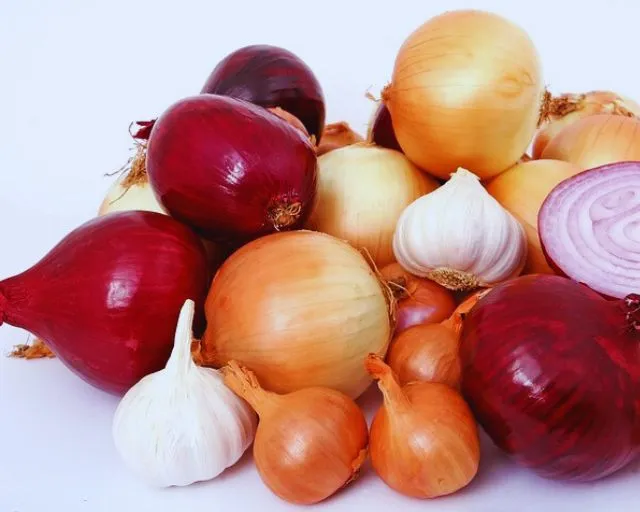How to Start a Keto Diet

How to Start a Keto Diet? You’ve come to the right site if you’re ready to adopt a ketogenic diet in order to reduce weight and enhance your health. Making significant dietary or lifestyle adjustments can be challenging. Especially at first there are a lot of new routines. Learn and unlearn old habits; however, we have repeatedly witnessed this with the ruled people.
What is the best way to start a ketogenic diet?
Let’s begin by defining the keto diet: it is a low-to-moderate-protein, high-fat, low-carb diet. Your body will go into and maintain a metabolic state known as ketosis when you drastically cut your carbohydrate intake. In this state, your body burns ketones, an extremely efficient alternative fuel. The quick results of a ketogenic diet eventually establish it as the new standard. Recent research suggests that the ketogenic diet may help with weight loss in addition to its current benefit.
Keto journey
Ameliorate diseases like Alzheimer’s, type 2 diabetes, and heart disease. Here are our top three recommendations to get your keto journey off to a good start. Consume the correct foods. Consume those foods in moderation to avoid the keto flu. Begin with the food. Your objective is to regularly switch out high-carbohydrate foods with keto-friendly ones. You should concentrate on eating meat, high-fat dairy, and healthy oils in order to help you enter and maintain ketosis. This will help you consume fewer calories than before. veggies that are above ground and leafy green.

Seeds and nuts You must completely avoid grains and substitute keto-approved sweeteners and avocado berries. Sugary fruits and starchy vegetables. For additional information, watch our video on keto cooking. Compared to packaged, processed, or prepared foods, you’ll rely much more on home-cooked meals. For a plethora of additional information on what to eat and what not to eat on the keto diet, refer to the list. It’s important to keep in mind that meal plans and other resources abound on ruled me, so you don’t have to figure this out on your own. Rule Me has a ton of resources, including recipes, shopping lists, meal plans, and budget breakdowns.
Calorie
Teach you how to avoid common dangers A keto diet can help you gradually reduce your calorie intake by teaching you how to read nutritional labels and data. As well as which ketogenic meals can be substituted for foods that are off-limits to you. You’d be surprised at how many foods, including bread, pasta, cookies, and ice cream, you can still enjoy if you just learn how to make them keto friendly. This brings us to our second point: although eating the right foods is the foundation of the diet, you also need to learn how much to eat.

Which leads to long-term weight loss, but it may be difficult to accomplish if you’re not keeping a close eye on what you eat. You can also use the formula to figure out how much you should be eating on a ketogenic diet if you’re not seeing the desired results. To achieve this, assess your development every few weeks and adjust as needed.
Keto diet
The keto calculator can help you pinpoint exactly what to be aiming for each day and will keep you on track. For a more in-depth look at macros, check out our video macros and keto calculator. You’ll also need to track your macronutrients, or macros, which are fats, carbohydrates, and protein that need to be kept in careful balance to keep your body in ketosis. As a general rule, we recommend eating below 35 grams of carbs a day and aiming to get 70% of your calories from fat and 25% from protein. Finally, before starting a ketogenic diet, you need to prepare.
Carbohydrates
When you first reduce your intake of carbohydrates, your body will go through some changes as it gets used to your new way of living. One such change could be the keto flu. a catch-all word for any flu-like symptoms you may experience, such as mental fogginess or exhaustion. These symptoms typically pass quickly, but it’s best to be prepared. You should drink more water, increase your intake of sodium, potassium, and magnesium, and eat more fat, especially MCTS. most importantly, periodically check in with yourself to track any changes.

Ascertain whether the ketogenic diet is the best choice for you in light of your unique preferences and body composition. To learn more about the ketogenic diet, check out the other ruled me movies and browse the wealth of information on our website, ruled dot me.
Keto diet for weight loss
The goal of the ketogenic diet, also known as the high-fat, low-carbohydrate eating plan, is to put the body into a state of ketosis. This metabolic state promotes the use of fat reserves as the main energy source, which helps people control their weight. Recalibrating your meals to prioritize healthy fats, moderate protein, and low carbs will help you get started on the ketogenic diet for weight loss. Avoid sugary and starchy foods and embrace nutrient-dense foods like avocados, nuts, and olive oil. It’s critical to keep a careful eye on your consumption of macronutrients, aiming for a daily carb limit of 20 to 50 grams. Your body may experience both an increase in weight and a decrease in weight as it adjusts to this low-carb lifestyle.
Keto ruined my health
Sometimes people experience an unanticipated decline in their health, which gives rise to the phenomena known as “Keto Ruined My Health.” The ketogenic diet has received accolades for helping people lose weight and achieve better mental clarity, but it’s important to approach this high-fat, low-carb plan with awareness of one’s body and with mindfulness. Some people may experience negative side effects from the sudden switch to ketosis, like the well-known “keto flu,” which is characterized by exhaustion, nausea, and dizziness. To reduce potential risks, it’s critical to introduce the diet gradually, to stay hydrated, and to make sure you’re getting enough nutrients. It is critical to seek advice from medical professionals and nutrition specialists in order to customize the ketogenic experience to each person’s needs and reduce the possibility of unintended health consequences.
Keto diet advantages and disadvantages
Embarking on a ketogenic journey can be both thrilling and challenging. But understanding the advantages and disadvantages is crucial for a successful start to your keto diet. On the positive side, a keto diet is renowned for its ability to promote rapid weight loss by inducing a state of ketosis, where the body burns fat for fuel instead of carbohydrates. This metabolic shift not only aids in shedding excess pounds but can also lead to increased energy levels and mental clarity. Moreover, the keto diet has been associated with improved blood sugar control and can be a valuable tool for managing conditions like type 2 diabetes.

However, like any dietary plan, it comes with its set of challenges. One of the primary drawbacks is the initial adjustment period, commonly known as the “keto flu,” which may bring about symptoms such as fatigue, irritability, and headaches. Additionally, maintaining a state of ketosis requires strict adherence to a low-carbohydrate intake, limiting food choices and potentially impacting social aspects of dining out. It’s essential to weigh these pros and cons carefully and consult with a healthcare professional before diving into the world of keto.





